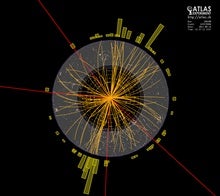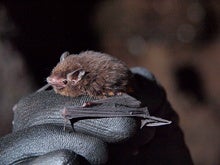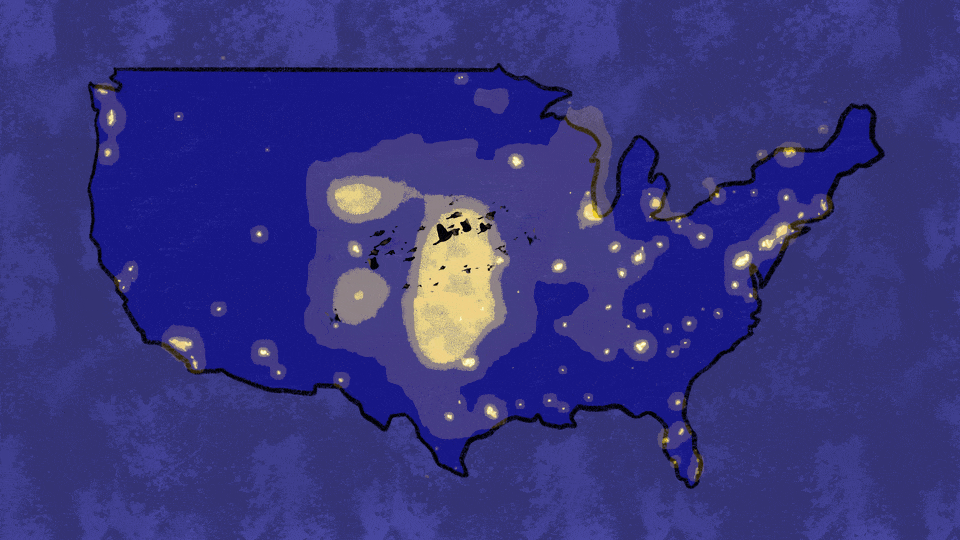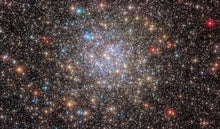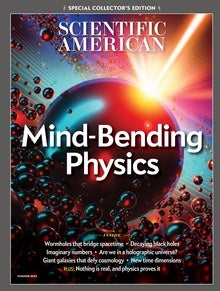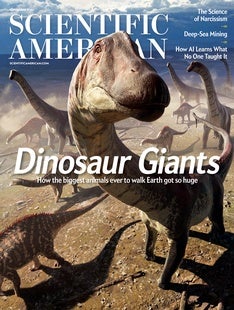 |
| September 01, 2023 |
 |
| |
| |
| |
| |
| |
| |
| |
| |
| |
| Astrophysics The Colors of Stars, Explained From dim red to brilliant blue, stellar colors span the spectrum—and reveal how much any star brings the heat | | | | |
| Climate Change There Are No U.S. 'Climate Havens' from Heat and Disaster Risk Even supposed "climate havens" in the U.S. face a riskier future, and infrastructure often isn't built to handle climate change. But there are steps cities can take to prepare | | By Julie Arbit,Brad Bottoms,Earl Lewis,The Conversation US | | | |
| Consciousness If AI Becomes Conscious, Here's How We Can Tell A checklist derived from six neuroscience-based theories of consciousness could help assess whether an artificial intelligence system achieves this state | | By Mariana Lenharo,Nature magazine | | | |
FROM THE STORE
 | | | |
BRING SCIENCE HOME
 | | Create Underwater Fireworks with Chemistry | 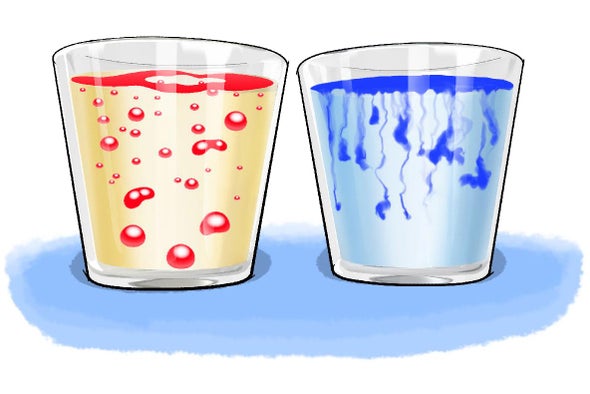 Make a colorful display underwater using the simple chemistry of oil and water. Credit: George Retseck | Summertime often brings beautiful fireworks displays. Whereas you normally look up into the sky to see fireworks, in this activity we will take the bursts of color underwater—with chemistry. Although it is not exactly the same as real fireworks, you will be amazed by the color explosions you'll see. Curious about what that looks like? See for yourself in this activity! | |  | |
LATEST ISSUES
 |
| |
| Questions? Comments?  | |
| Download the Scientific American App |
| |
| |





